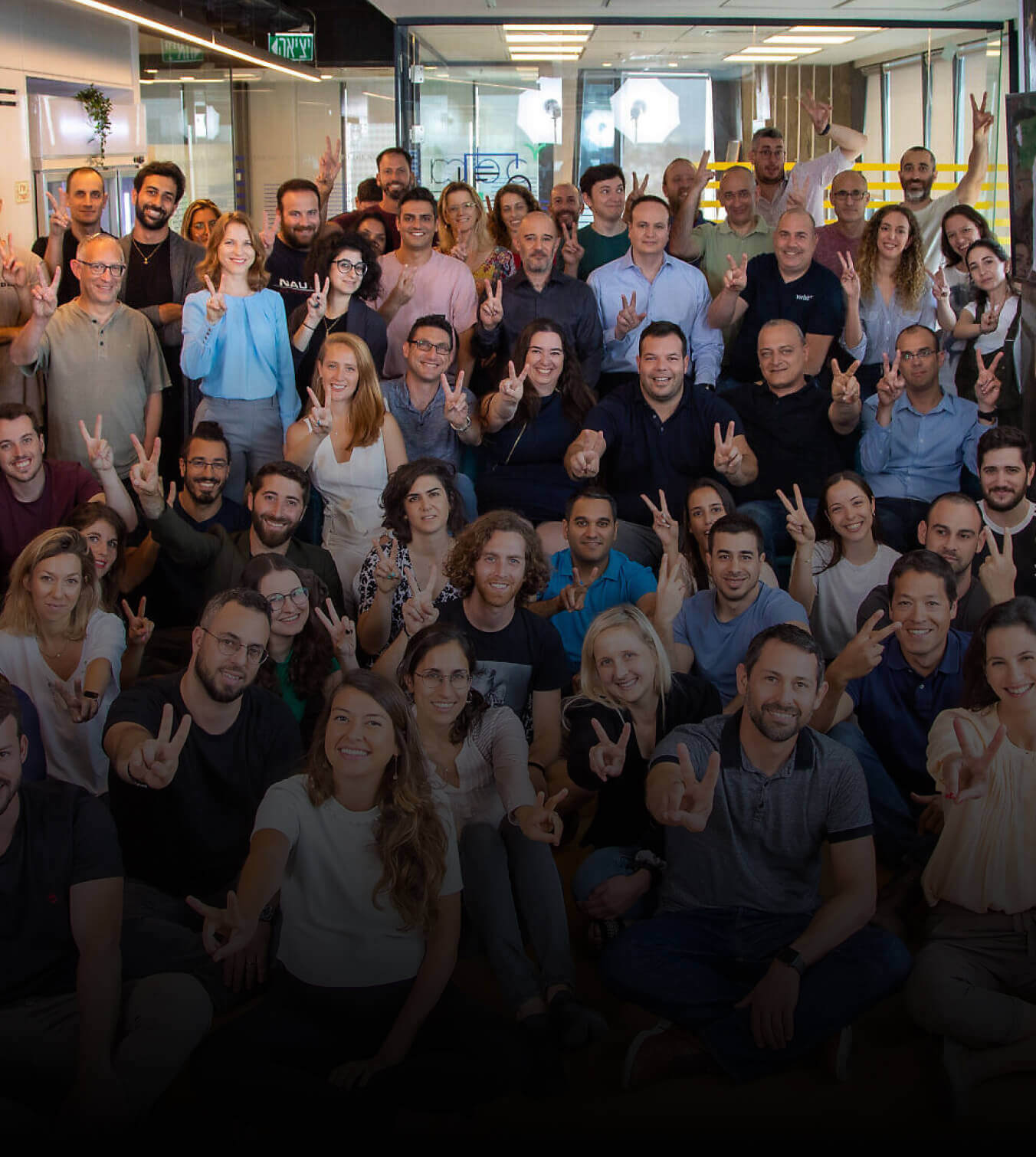The smartphone is one of the tools we use most throughout the day, regardless of whether it is our workday or during the holidays. Contacting our loved ones, watching social networks, managing our mail, playing or using cameras are some of the most common uses.

In the end, the element that most suffers the consequences is the battery, which forces us to take a walk through the plug to be able to have our phone available again. To have a holiday as carefree as possible, we will give you some tips to save battery during this happy time of the year.
Also Read: Android App Development Company
Disconnect what you don’t need
It is quite common that, regardless of the battery capacity of our mobile, we have activated more things than we will use. For example, there are quite a few people who, while away from home, in addition to the data, have Wi-Fi on. This, even if it seems small, will cause the battery to run out sooner due to the continuous search for Wi-Fi networks to connect to.
It is best to spend a few seconds to disconnect what you are not going to use (data, Wi-Fi, Bluetooth, NFC …) to prevent the battery from going down more than it should. Given that most of the options (or all, depending on the model) are among the quick settings, you will not have to navigate through the different menus.
Avoid using auto-brightness
One of the things we should keep in mind is that the higher we have the brightness setting, the more battery will be spent while the screen is on. Many, for convenience, have automatic brightness activated, but if you’re looking to maximize the autonomy of your phone, then it’s not a good idea.
It is much more energy-efficient than, whenever you need to change the screen brightness, do it manually, which will only take a few seconds because it is usually in the quick settings bar. In some cases, in the same slider is the possibility of activating or deactivating the automatic brightness.
For cases where it is not there, we will simply have to go to the mobile settings, select screen and then choose the brightness level. If we have the automatic brightness option activated, then it is best to deactivate it and modify it by hand when necessary (in addition to saving some battery, it will avoid the inconvenience when the lighting changes slightly).
Turn off vibration and haptic response
There are so many things that spend the battery of our smartphones that it is not uncommon for us to forget that some are there until we want to gain autonomy. Vibration and haptic response are two of those things that, although it may not seem like it, make us have to visit the plug more frequently.
As for the vibration, it should only be left activated if you do not want the sound of notifications to bother you or you suspect that you will be in a place too loud to hear your phone. If you want to deactivate it, you only have to go to the phone settings, enter ‘Sounds and notifications’ and disable those options that put vibration.
You will have to follow the same route to deactivate the haptic response, you just have to make sure that the option ‘Vibrate on touch’ is disabled. In this way the phone will not emit vibrations every time you touch the buttons or any area of the screen and, besides, you will save some battery.
Turn off touch sounds
As with the vibration and haptic response, the tactile sounds are often active without us noticing and, although we do not notice it, it is a spent battery that will cause you to have to go through the plug sooner than you would like.
Deactivating touch sounds is very simple, we will only have to go to the phone settings, enter ‘Sounds and notifications’ and uncheck the box ‘Touch sounds’ (the text can change depending on the model). In addition to this, and taking advantage of the same route, we recommend deactivating the touch tones of the keyboard and the screen lock.
Turn off automatic synchronization
Automatic synchronization is quite interesting if we are during business hours and we expect email to arrive without having to turn on the phone at all times. But the holidays are to relax, lazy and pass the mail, so automatic synchronization is not so necessary.
To disable this feature, we simply have to go to the phone settings and enter ‘Accounts and synchronization’. Once inside, just change the position of the switch and accept it in the window that will appear next. Enjoy your holidays without emails notifying you of new friendships you can make on Facebook.
If your phone has an AMOLED screen, use a black background
One of the biggest advantages of AMOLED screens is that when it comes to reproducing the color black, the pixels remain off, which results in a slight battery saving. In Google Play there is an interesting selection of applications that allow you to put black wallpapers.
You can also opt for an image that is not inside the official store. To change the wallpaper, just press and hold on the desktop, select ‘Wallpaper’ and choose the one you like best.
Disable OK Google
That the smartphone is permanently listening is fine if you need it to be available, for example, when you cannot use it properly (you are walking on the street or you only have one hand available), but on vacation you will not need to resort to the commands of voice, so, even for a few days, you can get rid of your friend OK Google.
To remove it, simply go to the Google application and enter its settings. Press Voice, enter ‘Detection of “OK Google”‘ and turn off the switches ‘In the Google application’ and ‘Always active’.
Reduce the time the screen is on
The screen is the item that spends more on a smartphone, and the longer it is on, the less it will last. Since it must be turned on every time we use the mobile, it is best to reduce the time the screen is on without using the terminal.
To do this, it is best to go to the settings, enter ‘Screen’ and choose a reduced screen timeout. If possible, every time we stop using the smartphone, it is best to turn it off manually to further reduce battery consumption.
Keep your applications updated
Each time an application is updated, improvements are made in both performance and optimization, which results in slightly lower battery consumption. Keeping applications up to date is especially important if they resolve bugs that caused your smartphone’s battery to drain.
It is recommended that you have Google Play enabled to notify you of the availability of application updates (automatic update does not, so we avoid updating while you are out of a Wi-Fi network). To do this, in the Google Play settings, go to the ‘Notifications’ section and make sure that ‘Updates’ is activated.
Pay attention to applications
Most applications, even when we are not using them, are consuming resources in the background and, therefore, also battery, which is normal and beneficial in many cases. The problem comes when some of them consume in excess and, consequently, drain the battery of your smartphone.
One of the best-known cases is Facebook, but it is not the only one. There are currently several models in which the system warns you if an app consumes too much battery to close it, but we recommend that, if there are good alternatives, uninstall it (as in the case of Facebook).
Help yourself with battery-saving applications
The advice we have given before, in itself, will help you save a certain percentage of battery that can be vital for you to arrive at the end of the day or endure the exhausting day of the beach or pool. However, some applications can help you a little more to save battery, as we will say next.
Greenify
There is not much to say about this application, one of the most famous in its category. In the beginning, only root users could use it, but a while ago this restriction was removed for several of its functions. It can help a lot to carry out the above tips automatically.
Juice Defender
It is another of the veteran and best-known applications of Google Play. Its function is to try to save battery in your device by deactivating unnecessary connections. You may have to spend a few minutes to configure it, but it ends up being worth it even though it has not been updated since 2012 and its visual appearance is somewhat obsolete.
Battery Defender
Although it is not as well known, the Battery Defender function is very similar to the previous two, saving battery by deactivating what is not needed (although scanning the networks from time to time while the screen is off so that you receive notifications). Also, it allows you to configure a sleep interval in which you will not receive notifications.
None of the advice we have given in this article will double your autonomy on their own, but a set of them will make a difference between having to urgently look for a plug and endure until night, especially if the day you pass outside (beach, pool, amusement park …).
Although many smartphones in the market have superb battery life, take the example of Huawei Mate 30 Pro, Oneplus 7, or Moto G7 Power, there are still many smartphones that are not just up to the mark. My daily driver is Google Pixel 3XL. Many things are loveable in this machine especially its camera and smooth android experience, but its battery sometimes give me a hard time.
Yes, today’s technology has provided us with an efficient quick charge facility where one can have reliable juice in just 15 minutes to half an hour of charge, however, sometimes we are without any socket, charger, on a road trip or a beach and doesn’t want to go to the room. So in those times, these tricks will help you a lot.

Recent Articles
Zazz.io Recognized as a Top Mobile...
When it comes to mobile app development and digital transformation...
Impact Of Google Bard on Mobile...
Artificial Intelligence has caused an irreplaceable disruption in almost every...
Cost of Building a Real Estate...
100 million+ homes listed in some of the most preferred...










